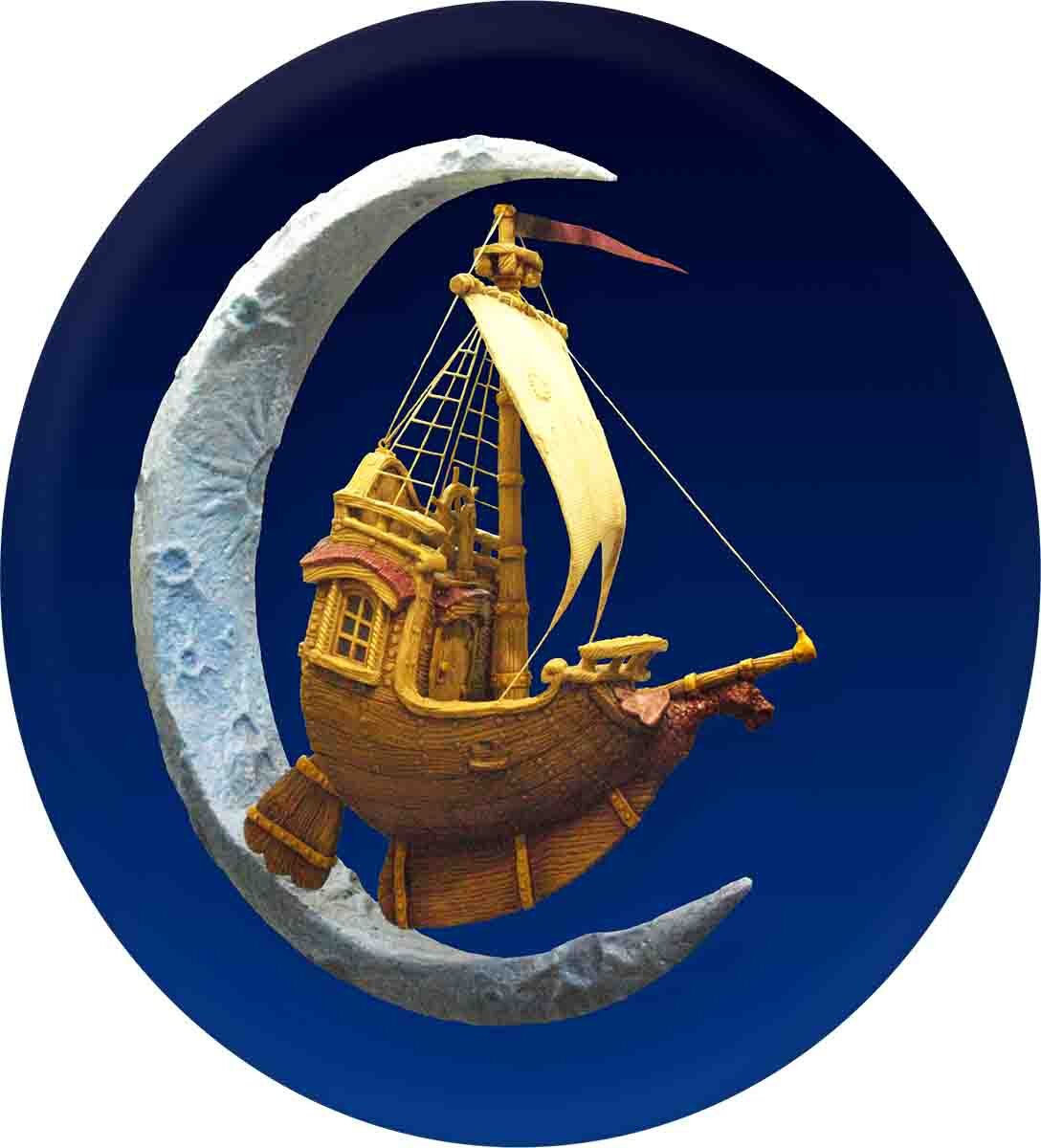Thirty or forty years ago my father read an article detailing a new technique to sandblast wood in order to raise the grain on the background of signs. The article was written by Mike Jackson. He rushed out and bought a large compressor, a sandblast pot and all the other gear he needed. The he’s started blasting, watching with awe as the softer wood melted away leaving the raised grain behind. The very first piece he did was a sample that still hangs in our shop to this day.
When he began exploring what was possible with EnRoute and a CNC router, he looked up at that old sample on the wall and wondered... could he duplicate the magic of sand blasted wood?
It took a while to figure out the best way to light and photograph that old wood sample. And, it took a while longer to figure out how to manipulate and enhance the photograph to work as a texture bitmap in EnRoute. But, when he finally got it right, he watched in awe once more, as this magical machine turned a sheet of high density urethane (HDU) into that same beautiful raised woodgrain.
More experimentation with modern acrylic paints meant that, eventually, we could duplicate the rich colours of the original wood as well. And as an added bonus, HDU does not split, weather, or lose its finish like wood is prone to do.
Don’s Workshop name plaque showcases the technique.
We started with that original sandblasted redwood texture bitmap.
Because Don’s name plaque was relatively small, we stretched out the bitmap vertically. Then, using the drawing tool we created some board shaped vectors.
We created flat reliefs from the vectors and then applied the texture with the bitmap.
Next, we used the rotate tool to arrange the letters of Don's name. After that, we used the dome relief tool to create some routed nails to 'hold everything together.’ Lastly, we merged it all together over a zero height background.
We'll use our glazing techniques to match the rich colours of dad’s old sandblasted redwood sign.
























